Integrating Real-World Assets into Blockchain: Opportunities and Challenges

In the dynamic world of technology, blockchain stands out as a revolutionary force, reshaping industries and redefining the way we think about transactions, data security, and asset management. Blockchain technology, at its core, is a decentralized and distributed ledger system that ensures transparency, security, and immutability. By eliminating intermediaries and creating a trustless environment, blockchain paves the way for innovative applications across various sectors.
Real-world assets (RWAs), encompassing everything from real estate and commodities to securities and intellectual property, represent tangible and intangible entities that hold significant value in our economy. Traditionally, managing these assets involves cumbersome processes, intermediaries, and often a lack of transparency. The integration of RWAs with blockchain technology promises to address these inefficiencies, offering a streamlined, transparent, and secure way to manage and trade these assets.
The importance of integrating RWAs with blockchain cannot be overstated. It brings forth numerous benefits, including enhanced liquidity, improved transparency, increased accessibility, and operational efficiencies. By tokenizing real-world assets, we can unlock their value, allowing fractional ownership and democratizing access to investment opportunities. Moreover, blockchain's immutable nature ensures that transactions are auditable and transparent, building trust and reducing the risk of fraud.
This article delves into the concept of integrating real-world assets with blockchain technology, exploring the opportunities and challenges that lie ahead. We will provide a comprehensive explanation of the integration process, showcase successful case studies, identify the primary challenges, and propose solutions to overcome these barriers. Furthermore, we will highlight how RAYS is actively contributing to this transformative landscape, showcasing our initiatives and future plans.
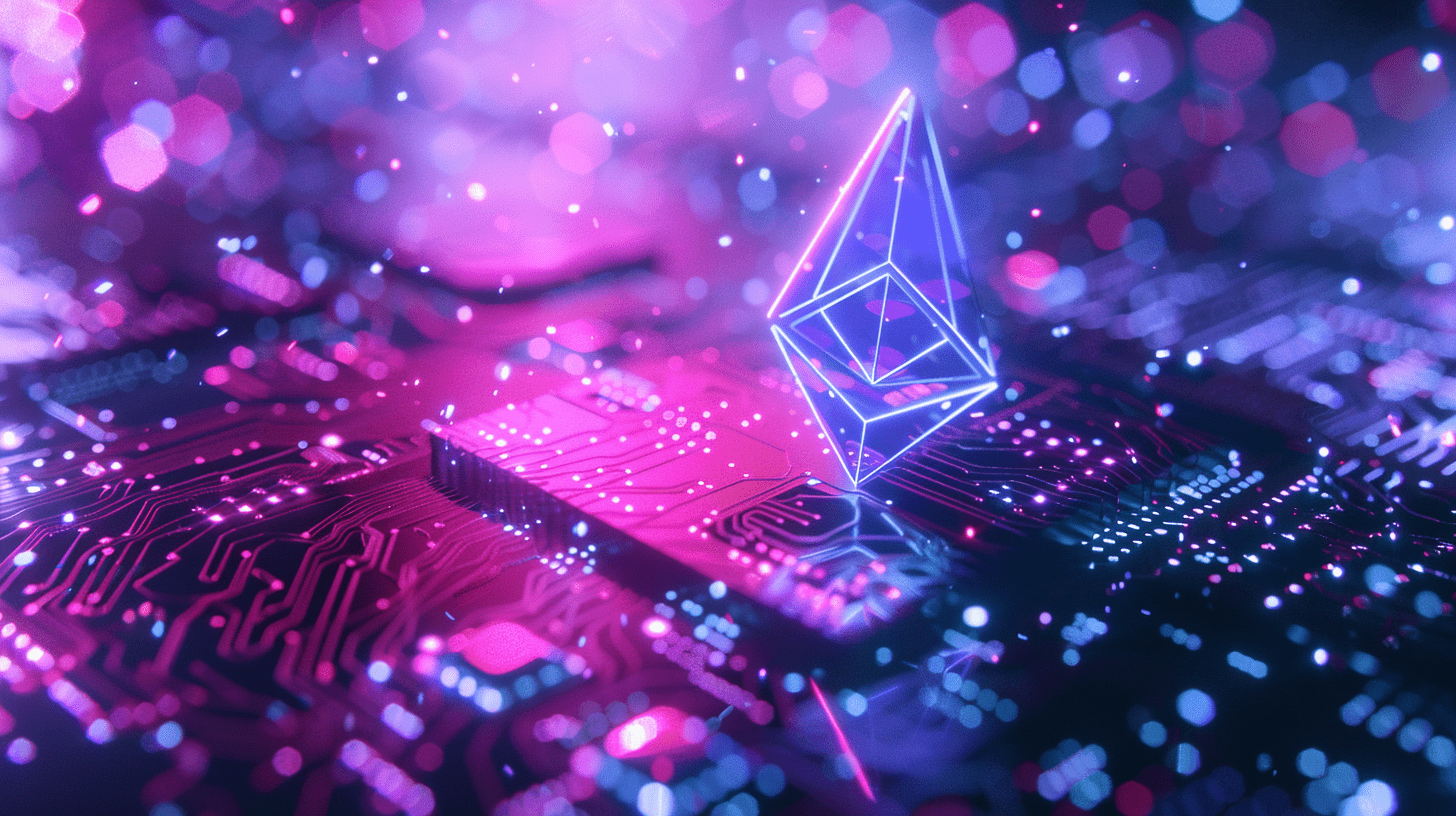
Understanding Real-World Assets
Real-world assets are tangible and intangible entities that hold value and can be owned, transferred, and traded. These assets are fundamental to the global economy, providing stability and value across various sectors. Here, we delve into the definition, examples, current management methods, and the limitations of traditional approaches.
Definition and Examples of RWAs
- Real Estate
Real estate encompasses properties such as residential homes, commercial buildings, and land. It is a significant asset class due to its tangible nature and long-term value appreciation. Ownership of real estate is typically documented through deeds and titles, which verify legal possession and transfer rights.
- Commodities
Commodities include raw materials and primary agricultural products that can be bought and sold. Examples are gold, oil, wheat, and coffee. Commodities are essential in various industries and are traded on specialized exchanges. Their value is influenced by supply and demand dynamics, geopolitical events, and economic factors.
- Securities
Securities represent financial instruments that hold value and can be traded. They include stocks, bonds, and derivatives. Securities provide investors with ownership rights, income through dividends or interest, and potential capital gains. They are crucial for raising capital and investing in businesses.
- Intellectual Property
Intellectual property (IP) refers to creations of the mind, such as inventions, literary and artistic works, symbols, names, and images used in commerce. IP is protected by law, allowing creators to control and profit from their inventions and creations. Examples include patents, trademarks, and copyrights.
Current Methods of Managing RWAs
Managing real-world assets typically involves complex processes and multiple intermediaries. For example:
-
Real estate transactions require real estate agents, brokers, legal advisors, and government registries to handle property sales, transfers, and documentation.
-
Commodities trading often involves brokers, exchanges, and regulatory bodies to facilitate buying and selling.
-
Securities are managed through brokerage firms, stock exchanges, and clearinghouses to ensure accurate record-keeping and transaction settlement.
-
Intellectual property management includes filing for patents or trademarks, monitoring for infringement, and legal enforcement to protect rights.
Limitations of Traditional Methods
- Lack of Transparency
Traditional asset management often suffers from a lack of transparency. Multiple intermediaries and manual processes can obscure the true ownership, transfer history, and value of assets. This opacity can lead to fraud, disputes, and inefficiencies.
- High Costs
The involvement of intermediaries and the need for extensive paperwork and legal services contribute to high transaction costs. For example, buying or selling real estate incurs significant fees for agents, lawyers, and government registrations.
- Slow Processes
Traditional methods can be time-consuming. Transferring ownership, verifying documents, and settling transactions can take days or even weeks. This sluggishness is detrimental in markets where speed and efficiency are crucial.
- Limited Accessibility
High entry barriers restrict access to certain asset classes. For instance, investing in real estate or certain commodities often requires substantial capital, limiting participation to wealthy individuals or institutional investors.
- Security Risks
Centralized systems are vulnerable to hacking, fraud, and data breaches. The reliance on paper-based records and intermediaries increases the risk of errors and manipulation.
By addressing these limitations, blockchain technology offers a promising solution for managing real-world assets more efficiently, transparently, and securely.

The Concept of Blockchain Integration
Blockchain technology is a decentralized and distributed ledger system that records transactions across a network of computers. This system ensures that transaction data is secure, transparent, and immutable. Each block in the blockchain contains a list of transactions, and these blocks are linked together in a chronological chain. The decentralized nature of blockchain means that no single entity controls the entire network, enhancing security and trust among participants.
How Blockchain Can Transform Asset Management
- Transparency
Blockchain provides a transparent and verifiable record of transactions. Each transaction is recorded on a public ledger that is accessible to all network participants. This transparency reduces the risk of fraud and ensures that all parties have a clear view of the asset's history and ownership.
- Security
The security of blockchain technology lies in its cryptographic foundation and decentralized structure. Transactions are encrypted and linked together, making it extremely difficult for any single entity to alter the data. The consensus mechanism ensures that all network participants agree on the validity of transactions, further enhancing security.
- Efficiency
Blockchain streamlines asset management processes by automating and eliminating the need for intermediaries. This efficiency reduces the time required for transactions, making it possible to transfer ownership and verify assets almost instantly. The automation of processes also minimizes the potential for human error.
- Reduced Costs
By removing intermediaries and automating processes, blockchain significantly reduces transaction costs. The elimination of third-party fees, legal costs, and administrative expenses makes asset management more affordable. This cost reduction benefits both asset owners and investors, making asset trading more accessible.
Smart Contracts and Their Role in RWA Integration
Smart contracts are self-executing contracts with the terms of the agreement directly written into code. These contracts automatically enforce and execute the terms when predefined conditions are met. In the context of integrating real-world assets with blockchain, smart contracts play a crucial role:
- Automating Transactions
Smart contracts can automate the transfer of ownership, payment settlements, and other contractual obligations. For example, in real estate transactions, a smart contract can automatically transfer property ownership to the buyer once the payment is received and all conditions are met.
- Ensuring Compliance
Smart contracts can be programmed to include regulatory and compliance requirements. This ensures that all transactions adhere to legal standards and reduces the risk of non-compliance.
- Enhancing Security and Trust
The automated and transparent nature of smart contracts enhances security and trust. Participants can trust that the contract will be executed exactly as programmed, without the need for intermediaries or manual intervention.
- Reducing Disputes
The clear and immutable record provided by smart contracts reduces the potential for disputes. Since all terms and conditions are transparent and predefined, there is less room for ambiguity and misunderstanding.
By leveraging blockchain technology and smart contracts, the integration of real-world assets becomes more efficient, secure, and transparent. This transformation promises to unlock new opportunities and address many of the challenges associated with traditional asset management methods.

Opportunities of Integrating RWAs with Blockchain
Integrating real-world assets with blockchain technology presents numerous opportunities that can revolutionize the way assets are managed, traded, and accessed. By leveraging the unique properties of blockchain, such as transparency, security, and automation, we can unlock significant benefits across various aspects of asset management. These opportunities not only enhance the efficiency and accessibility of asset markets but also introduce new ways for investors to engage with and benefit from these markets.
Enhanced Liquidity
- Tokenization of Assets
Tokenization involves converting real-world assets into digital tokens on a blockchain. These tokens represent ownership of the underlying asset and can be easily traded on various digital platforms. By tokenizing assets, liquidity is significantly enhanced as it becomes easier to buy, sell, and trade these assets without the constraints of traditional markets.
- Fractional Ownership
Blockchain enables the division of assets into smaller fractions, allowing multiple investors to own a portion of an asset. This fractional ownership lowers the entry barrier for investors, making it possible for more people to invest in high-value assets like real estate or fine art. It also increases market liquidity by allowing these fractions to be traded independently.
Improved Transparency and Traceability
- Immutable Records
Blockchain technology ensures that all transactions are recorded in an immutable ledger, which means that once a transaction is added to the blockchain, it cannot be altered or deleted. This immutability provides a transparent and permanent record of asset ownership and transfer history, reducing the risk of fraud and enhancing trust among participants.
- Auditable Transactions
Every transaction on a blockchain is time-stamped and publicly accessible, making it easy to audit and verify. This level of transparency ensures that all parties can track the provenance of an asset, verify its authenticity, and confirm ownership, thereby improving accountability and reducing the potential for disputes.
Increased Accessibility
- Democratizing Investment Opportunities
Blockchain technology democratizes access to investment opportunities by enabling the tokenization and fractional ownership of assets. This allows a wider range of investors to participate in markets that were previously inaccessible due to high entry costs. For example, an individual can invest in a fraction of a high-value property or commodity, thereby diversifying their portfolio without the need for significant capital.
- Lowering Entry Barriers
The ability to buy, sell, and trade fractionalized assets on digital platforms reduces the entry barriers for investors. This inclusivity fosters a more diverse and robust investment ecosystem, enabling more people to benefit from asset appreciation and wealth generation.
Operational Efficiencies
- Automated Processes
Blockchain technology automates various processes involved in asset management, such as verification, settlement, and compliance. Smart contracts can automatically execute transactions when predefined conditions are met, reducing the need for manual intervention and speeding up processes. This automation minimizes errors and increases efficiency.
- Streamlined Transactions
Traditional asset management often involves multiple intermediaries and lengthy processes, which can be costly and time-consuming. Blockchain streamlines these transactions by eliminating intermediaries and providing a direct peer-to-peer network for asset transfers. This not only reduces transaction costs but also accelerates the transfer process, making asset management more efficient and responsive.
Integrating real-world assets with blockchain technology unlocks numerous opportunities, transforming how assets are managed, traded, and accessed. The enhanced liquidity, improved transparency, increased accessibility, and operational efficiencies provided by blockchain are poised to revolutionize asset management, offering significant benefits to investors, asset owners, and the broader financial ecosystem.
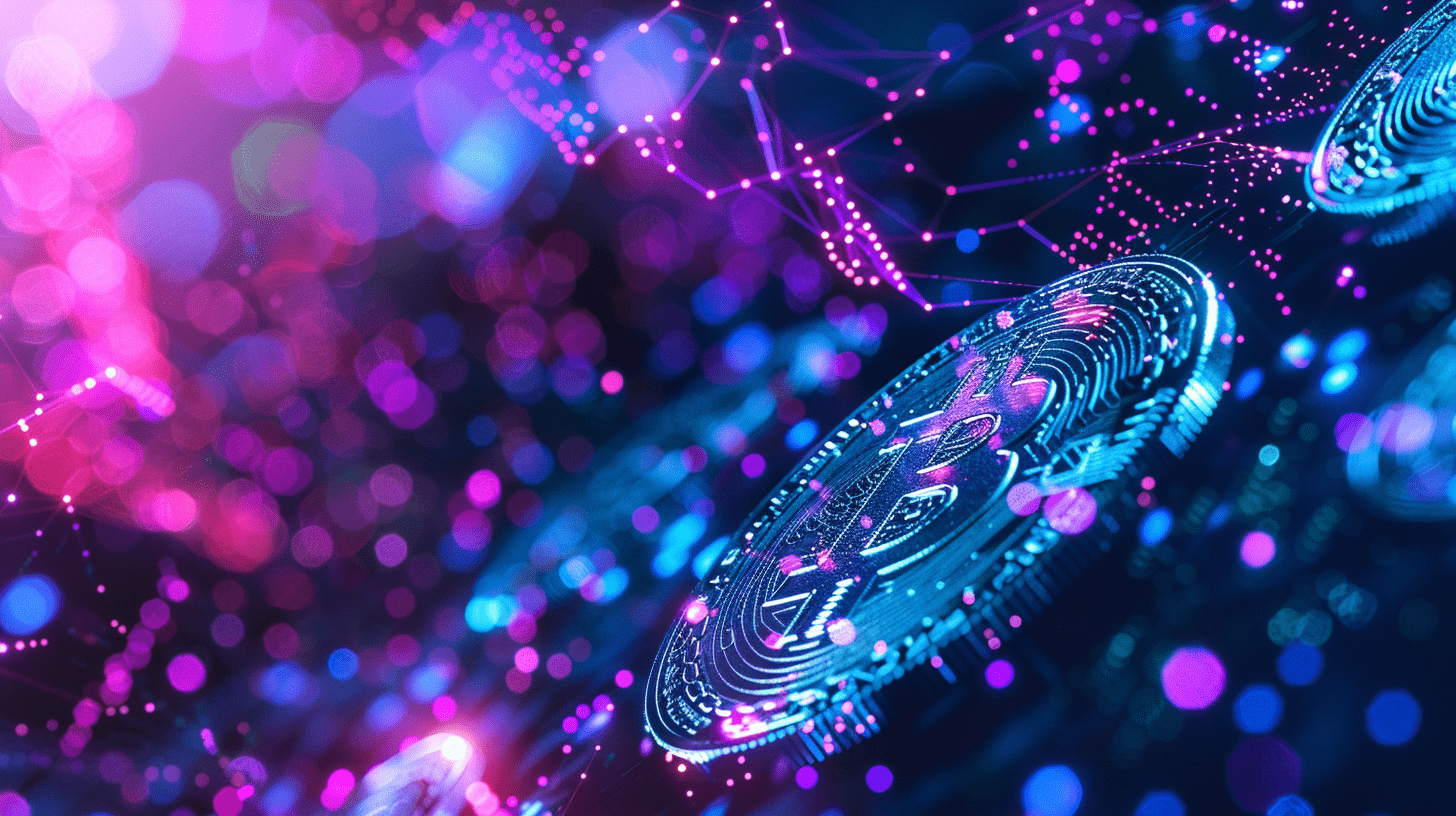
Case Studies of Successful Integrations
Integrating real-world assets with blockchain technology has proven to be a game-changer across various sectors. The following case studies illustrate how blockchain has successfully transformed real estate, commodities, and securities, showcasing the tangible benefits and achievements of these innovative projects.
Real Estate Tokenization
Real estate tokenization is revolutionizing property investment by enabling fractional ownership and enhancing market liquidity. This approach allows investors to buy and sell shares of properties, democratizing access to real estate.
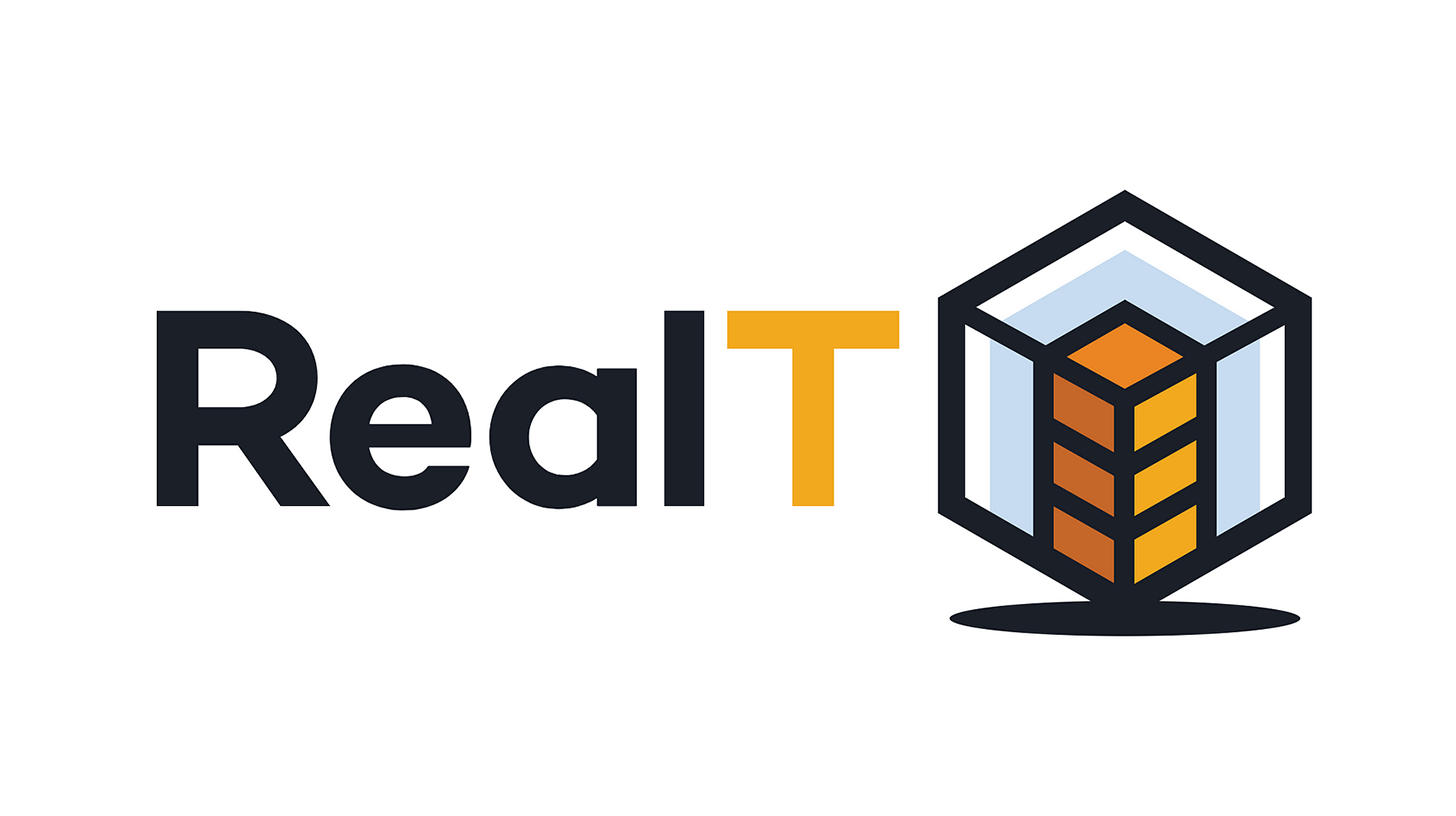
Example Project: RealT
RealT is a pioneering platform that enables fractional ownership of real estate properties through tokenization. By dividing properties into tokenized shares, RealT allows investors to purchase fractions of a property, democratizing access to real estate investments.
Key Achievements
- RealT has successfully tokenized multiple properties, making real estate investment accessible to a broader audience.
- The platform has facilitated the seamless trading of property shares on secondary markets, enhancing liquidity in the real estate sector.
Benefits
- Lower entry barriers for investors, allowing individuals to invest in real estate with smaller amounts of capital.
- Regular rental income distributed as digital tokens, providing a steady stream of passive income for investors.
- Increased transparency and efficiency in managing property ownership and transactions through blockchain technology.
Commodities on Blockchain
Blockchain technology is transforming commodity trading by digitizing processes and enhancing transparency. This innovation reduces fraud and operational costs while improving transaction efficiency.
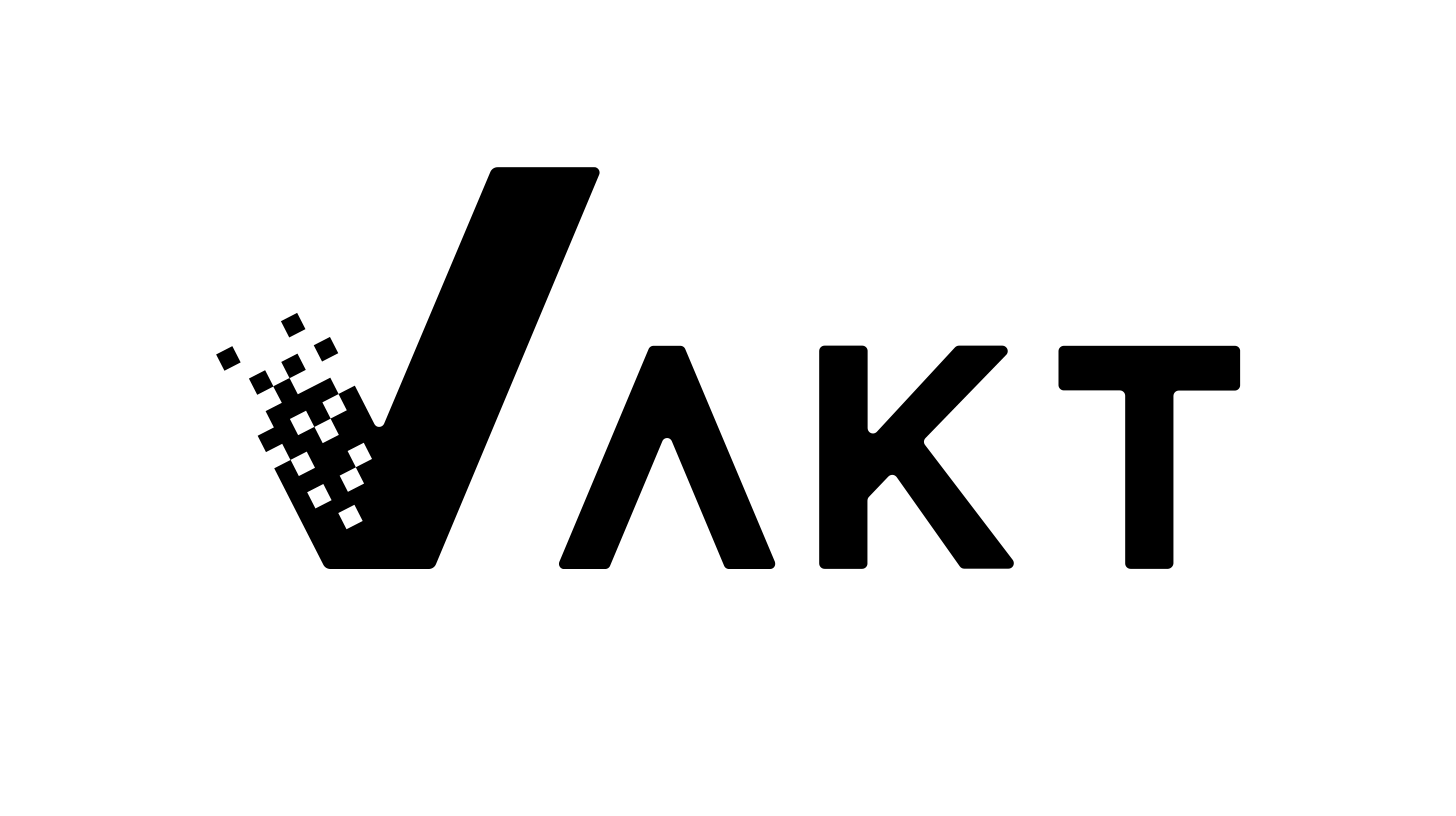
Example Project: Vakt
Vakt is a blockchain-based platform that revolutionizes commodity trading, initially focusing on the oil and gas industry. By digitizing post-trade processes, Vakt enhances efficiency and transparency in the commodity trading sector.
Key Achievements
- Successful digitization of commodity trading processes, reducing reliance on paperwork and minimizing the risk of fraud.
- Implementation of a secure, transparent record of commodity trades, ensuring data accuracy and integrity.
Benefits
- Improved transaction speed, allowing for faster and more efficient trading of commodities.
- Significant reduction in operational costs due to streamlined processes and reduced administrative overhead.
- Enhanced data accuracy and transparency, building trust among trading partners and stakeholders.
Securities on Blockchain
The integration of blockchain into the securities market is revolutionizing the way digital securities are issued, traded, and managed. This technology offers increased transparency, enhanced liquidity, and reduced costs.
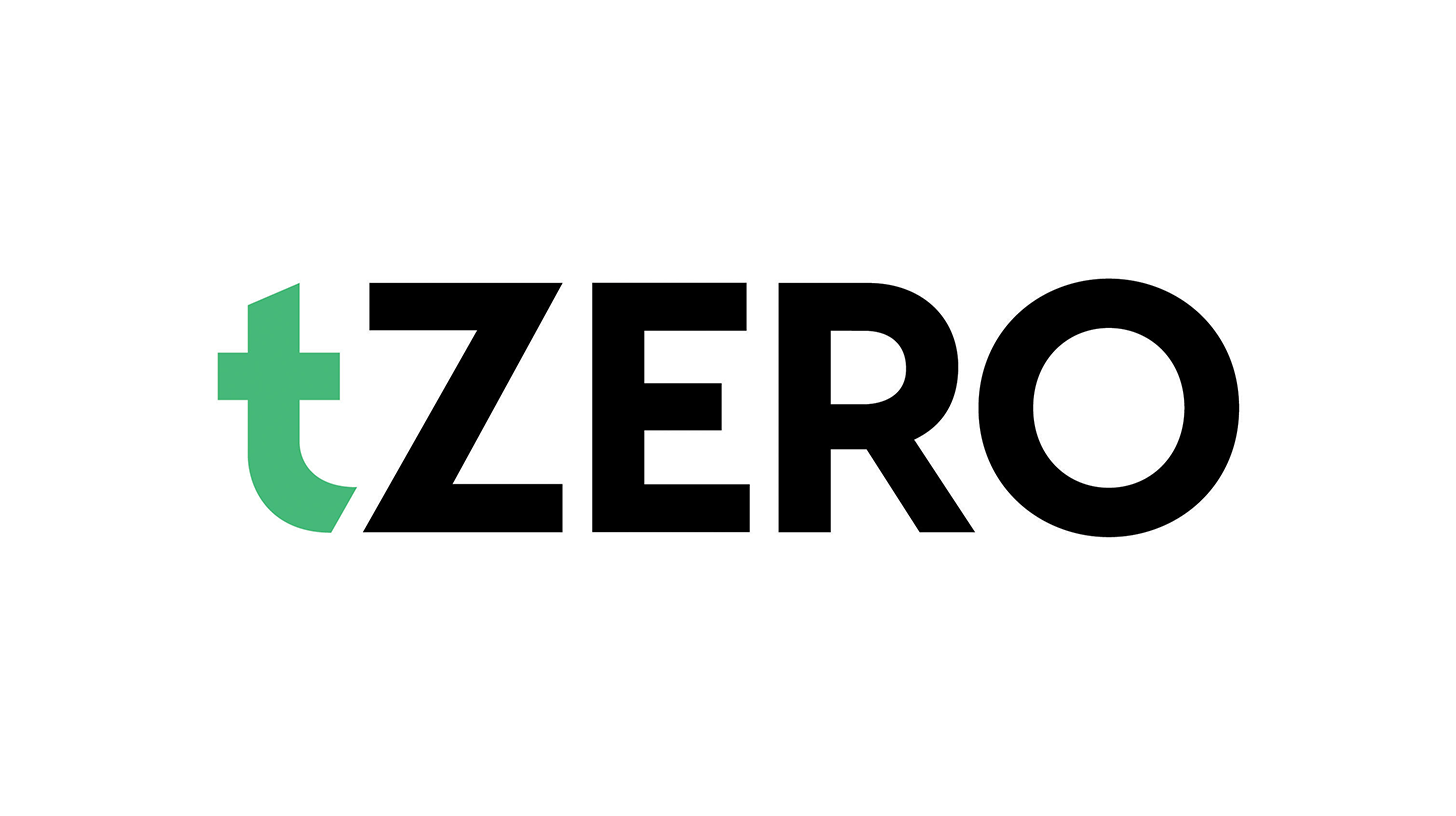
Example Project: tZERO
tZERO is a blockchain-based platform designed to facilitate the trading of digital securities. By leveraging blockchain technology, tZERO provides an alternative trading system (ATS) that enhances transparency and efficiency in securities trading.
Key Achievements
- Successful issuance and trading of security tokens, demonstrating compliance with regulatory standards.
- Attracting significant investment and forging strategic partnerships to expand the platform's reach and capabilities.
Benefits
- Enhanced liquidity for traditionally illiquid assets, allowing investors to buy and sell security tokens with greater ease.
- Reduced settlement times, accelerating the trading process and improving market responsiveness.
- Increased transparency and lower trading costs, benefiting both issuers and investors by providing a more efficient and cost-effective trading environment.
These case studies highlight the transformative potential of blockchain integration across various asset classes. By enhancing liquidity, improving transparency and increasing accessibility, these projects demonstrate how blockchain technology can revolutionize asset management, offering significant benefits to investors, asset owners, and the broader financial ecosystem.

Challenges and Barriers to Integration
While integrating real-world assets with blockchain technology offers numerous benefits, there are significant challenges and barriers that must be addressed to realize its full potential. These obstacles span regulatory, technological, and market acceptance domains, each posing unique difficulties that need careful consideration and strategic solutions.
Regulatory Hurdles
- Different Regulations Across Regions
One of the major challenges in integrating RWAs with blockchain is the diverse and often conflicting regulatory frameworks across different regions. Each country has its own set of rules governing asset management, securities, and digital assets, creating a complex landscape for compliance. This fragmentation makes it difficult for blockchain projects to operate seamlessly across borders and hinders the global adoption of tokenized assets.
- Compliance and Legal Considerations
Ensuring compliance with existing laws and regulations is another critical hurdle. Blockchain projects must navigate a myriad of legal considerations, including securities law, property law, and anti-money laundering (AML) regulations. Achieving compliance while leveraging the decentralized nature of blockchain requires innovative approaches and ongoing collaboration with regulatory bodies.
Technological Challenges
- Scalability Issues
Blockchain technology, particularly public blockchains, faces significant scalability issues. As the number of transactions and participants increases, the network can become congested, leading to slower transaction times and higher fees. This scalability bottleneck poses a challenge for integrating high-volume assets like real estate and commodities, where efficient and timely transactions are crucial.
- Interoperability Between Different Blockchains
Another technological barrier is the lack of interoperability between different blockchain platforms. Real-world asset integration often requires the collaboration of multiple blockchain networks, each with its own protocols and standards. Ensuring seamless interaction and data exchange between these diverse platforms is essential for the efficient management and trading of tokenized assets.
Market Acceptance and Trust
- Educating Stakeholders
Gaining market acceptance for blockchain-integrated RWAs requires extensive education and awareness efforts. Stakeholders, including investors, asset owners, and regulatory bodies, need to understand the benefits and mechanics of blockchain technology. Misconceptions and lack of knowledge can hinder adoption, making education a critical component of successful integration.
- Building Trust in New Systems
Trust is paramount in asset management, and building trust in new blockchain-based systems is a significant challenge. Traditional methods have long-established trust mechanisms and regulatory oversight. In contrast, blockchain's decentralized nature necessitates new trust models based on technology and consensus mechanisms. Demonstrating the reliability, security, and efficiency of these new systems is essential to gain stakeholder confidence and drive widespread adoption.
Addressing these challenges requires a multi-faceted approach, involving regulatory engagement, technological innovation, and comprehensive education efforts. By overcoming these barriers, the integration of real-world assets with blockchain technology can unlock unprecedented opportunities and transform the asset management landscape.
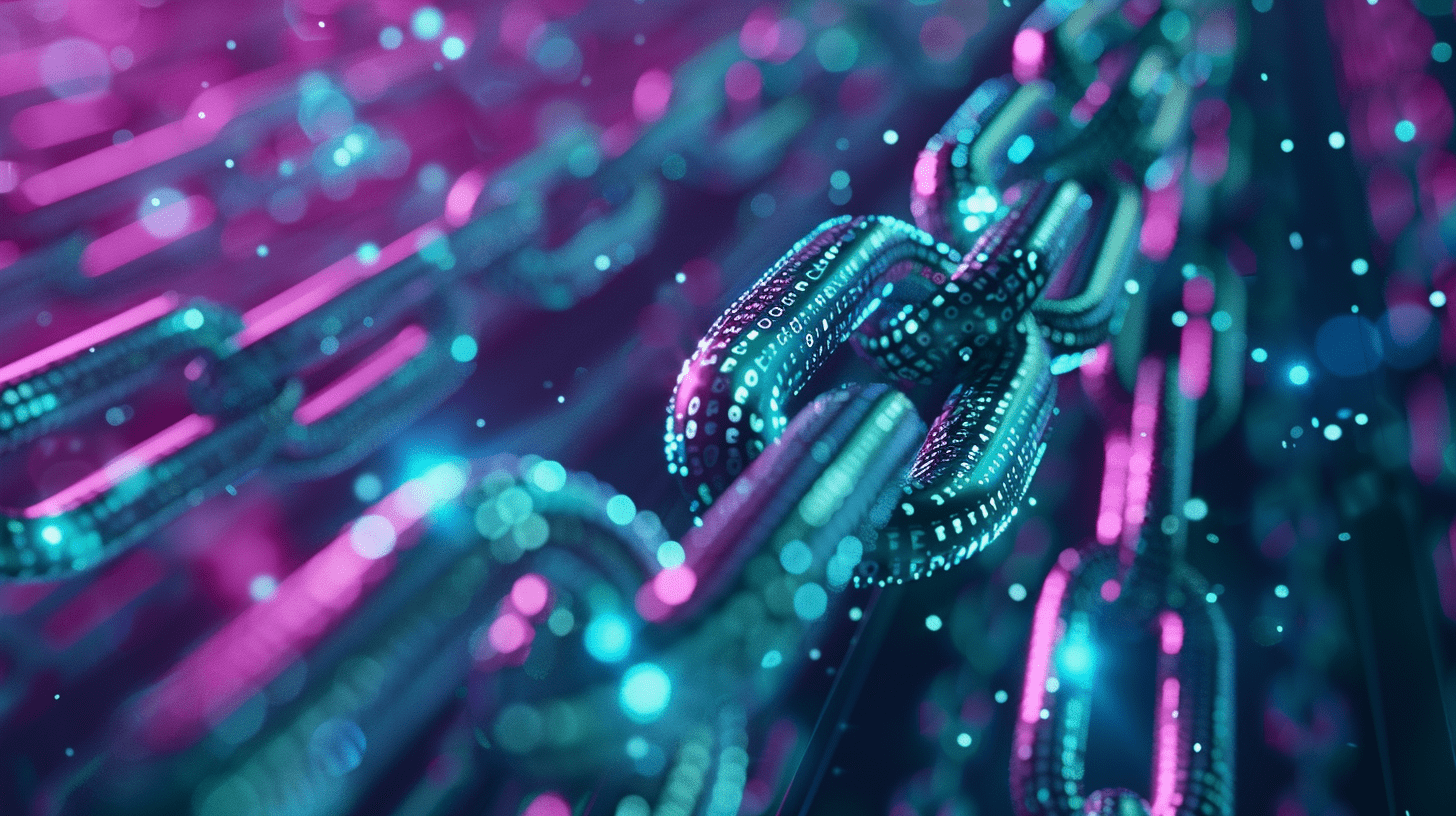
Solutions and Future Directions
Addressing the challenges of integrating real-world assets with blockchain technology requires strategic solutions and forward-thinking approaches. By focusing on regulatory cooperation, technological advancements, and building market trust, we can pave the way for successful integration and widespread adoption.
Regulatory Frameworks and Cooperation
Establishing robust regulatory frameworks and fostering cooperation with regulators are essential steps for the successful integration of real-world assets with blockchain technology. By working collaboratively, we can create a more supportive and compliant environment for blockchain innovations.
Working with Regulators
Collaboration with regulatory bodies is crucial to navigating the complex legal landscape of different regions. Engaging with regulators to understand their concerns and working together to develop compliant blockchain solutions can foster a more supportive regulatory environment. This cooperation can help align blockchain projects with existing laws while advocating for regulations that accommodate new technologies.
Developing Clear Guidelines
Establishing clear and consistent guidelines for blockchain integration is essential for ensuring compliance and reducing legal uncertainties. Regulatory bodies, industry leaders, and blockchain projects should work together to create comprehensive frameworks that define the rules and standards for tokenizing real-world assets. Clear guidelines will provide a roadmap for businesses and investors, facilitating smoother adoption and implementation.
Technological Advancements
Advancing blockchain technology is crucial to overcoming current limitations and enabling the seamless integration of real-world assets. Innovations such as Layer 2 solutions and cross-chain interoperability are pivotal in enhancing blockchain's scalability and efficiency.
Layer 2 Solutions
To address scalability issues, the development and implementation of Layer 2 solutions are critical. Layer 2 technologies, such as state channels and sidechains, enable off-chain transactions that reduce the load on the main blockchain network. These solutions can significantly enhance transaction speeds and reduce costs, making blockchain integration more viable for high-volume asset management.
Cross-Chain Interoperability
Ensuring seamless interaction between different blockchain platforms is essential for integrating diverse assets. Developing protocols and standards for cross-chain interoperability will enable the transfer and exchange of assets across multiple blockchains. This interoperability will enhance the flexibility and efficiency of blockchain-based asset management, allowing for a more interconnected and robust ecosystem.
Building Market Trust
Establishing trust in blockchain technology is vital for its widespread adoption in managing real-world assets. By showcasing successful implementations and engaging with the community, we can foster a more informed and supportive environment.
Case Studies and Success Stories
Showcasing successful case studies and real-world implementations of blockchain integration can help build trust among stakeholders. By highlighting tangible benefits, such as increased liquidity, improved transparency, and operational efficiencies, these success stories demonstrate the value and reliability of blockchain solutions. Sharing detailed case studies also provides practical insights and lessons learned, guiding future projects.
Community Engagement and Education
Educating stakeholders about the benefits and mechanics of blockchain technology is crucial for gaining market acceptance. Community engagement initiatives, such as webinars, workshops, and informative content, can raise awareness and address misconceptions. Providing accessible and comprehensive education helps stakeholders understand the potential of blockchain, fostering a more informed and supportive community.
By implementing these solutions and focusing on future directions, we can overcome the challenges of integrating real-world assets with blockchain technology. Through regulatory cooperation, technological innovation, and proactive community engagement, we can unlock the full potential of blockchain integration, transforming asset management and creating new opportunities for investors, asset owners, and the broader financial ecosystem.
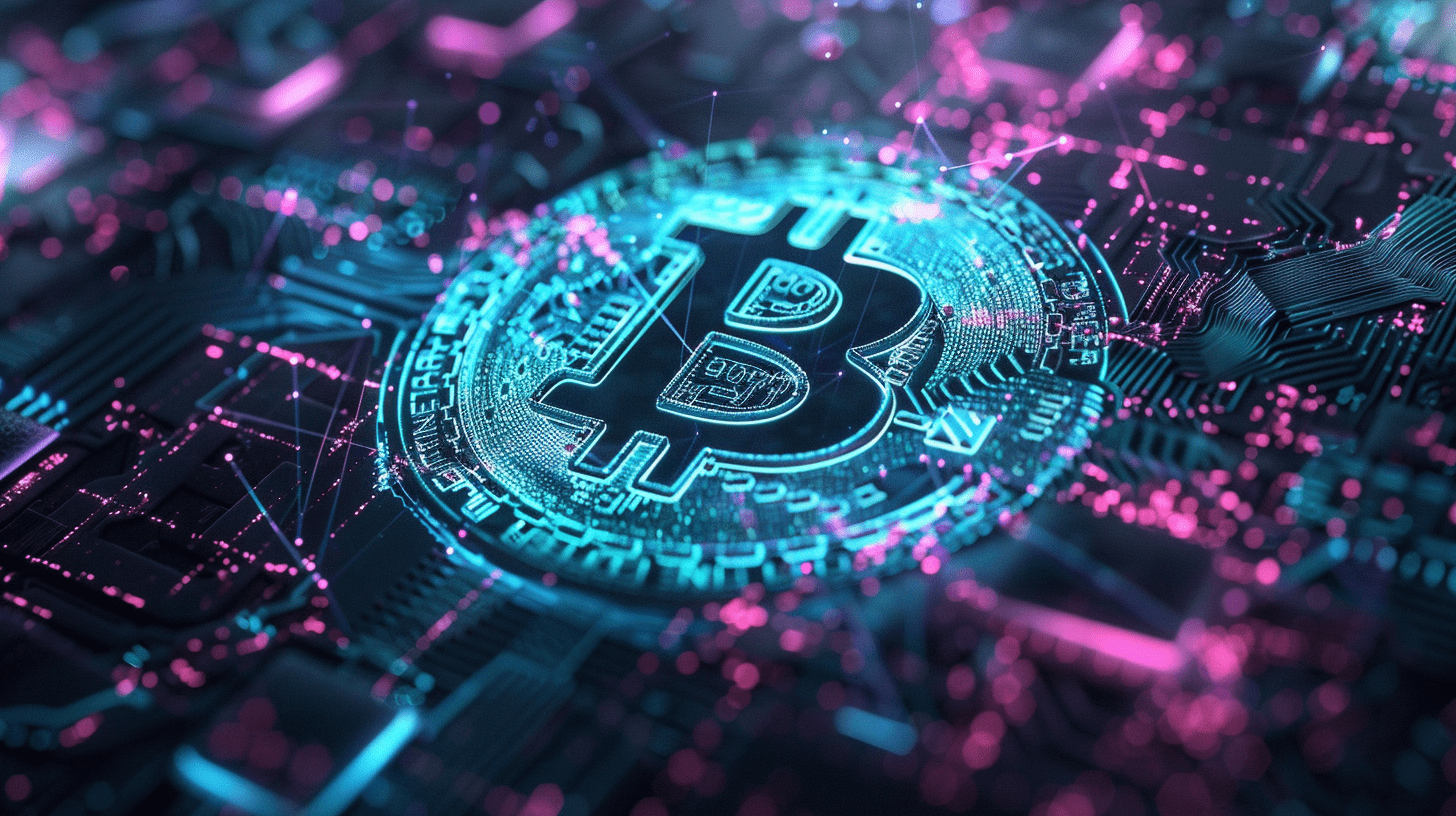
How RAYS is Contributing to RWA Integration
As a standout in the blockchain innovation market, RAYS Foundation is at the forefront of integrating real-world assets with this transformative technology. Through a series of strategic initiatives, impactful projects, and forward-thinking plans, RAYS is transforming the landscape of asset management and creating new opportunities for investors and asset owners.
Overview of RAYS’ Initiatives
RAYS Foundation is revolutionizing the decentralized finance and real-world asset markets by offering a comprehensive platform designed to simplify the development, deployment, and discovery of decentralized applications (dApps). At the core of RAYS' ecosystem are key products such as Protocol Builder xApps, xMarketplace, and Launchpad xApps, which together create a seamless and secure environment for both developers and users. By integrating AI-powered security and user-centric design, RAYS ensures that engaging with DeFi and RWA markets is both accessible and efficient.
Specific Projects and Their Impacts
- RAYS Protocol Builder xApps
The Protocol Builder xApps provide developers with a user-friendly interface to create smart contract-based dApps, even with limited blockchain knowledge. These tools are crucial for the development of DeFi bots, RWA-backed applications, and liquid staking derivatives (LSD).
- Impact
By lowering the barrier to entry for dApp development, RAYS Protocol Builder xApps encourage innovation and broaden the scope of DeFi, making it more inclusive and dynamic.
- RAYS xMarketplace
The xMarketplace serves as an exclusive DeFi AppStore where users can discover, invest in, and interact with a wide array of dApps. This marketplace is enhanced with gamified incentives, encouraging user engagement and promoting a vibrant ecosystem of decentralized applications.
- Impact
xMarketplace not only increases the visibility of dApps but also fosters a community of active participants who contribute to the growth and diversification of the DeFi and RWA markets.
- BNB Liquid Staking (LSD) xApp
This innovative application allows users to stake their BNB tokens while maintaining liquidity. Unlike traditional staking mechanisms that lock tokens, the LSD xApp lets users earn staking rewards without losing access to their assets, enabling them to participate in other DeFi opportunities simultaneously.
- Impac
The BNB Liquid Staking xApp enhances the flexibility and profitability of staking, making it a more attractive option for users looking to maximize their returns in the DeFi space.
Future Plans and Roadmap
Looking ahead, RAYS Foundation is committed to further enhancing its platform and expanding its impact in the DeFi and RWA markets. The team continues to focus on developing new xApps and improving the existing ecosystem to provide even more value to users and developers. By maintaining a strong emphasis on security, user experience, and innovation, RAYS is poised to lead the future of decentralized finance.
Through these strategic initiatives and innovations, RAYS Foundation is set to play a pivotal role in the evolution of decentralized finance, bridging the gap between traditional assets and the blockchain while empowering users and developers alike.

Conclusion
As we’ve explored, the integration of real-world assets into blockchain technology presents numerous opportunities and challenges. RAYS Foundation, with its innovative platform and AI-powered tools, is positioned to play a significant role in this transformation. By simplifying the development and deployment of decentralized applications and offering secure, user-friendly solutions, RAYS is helping to unlock the full potential of blockchain in asset management.
Blockchain technology holds immense potential to revolutionize asset management by enhancing transparency, security, and efficiency. However, realizing this potential requires collaboration among developers, investors, and regulators to address the challenges and fully capitalize on the opportunities that RWAs present.
As the landscape of decentralized finance continues to evolve, it is crucial for stakeholders to engage with and support innovations like those offered by RAYS Foundation. By doing so, they can contribute to the growth and adoption of blockchain technology, paving the way for a more secure and efficient future in asset management.
